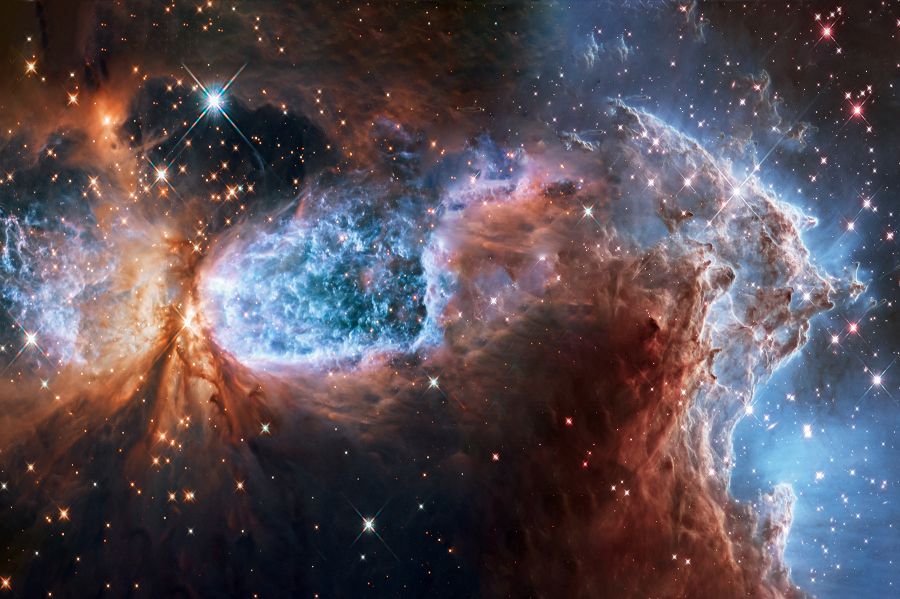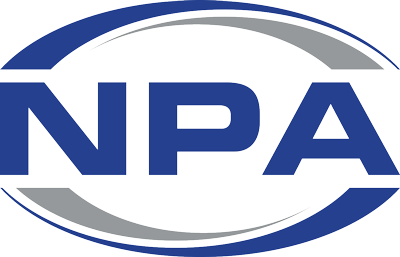
The James Webb Space Telescope
The James Webb Space Telescope (JWST) is arguably the most ambitious engineering project ever undertaken by mankind. Coming in with a whopping US$10 billion price tag, the JWST is the culmination of over 3 decades worth of international collaboration to push humanity’s intellectual prowess and insatiable curiosity to the maximum.
The JWST, NASA’s largest and most powerful telescope, is an infrared space observatory that launched on December 25th, 2021. The telescope, whilst mostly operated by NASA, is also assisted in its creation by the Canadian Space Agency (CSA) and European Space Agency (ESA) as partners in the international mission to look back into time, to the dawn of our universe.
The James Webb Telescope is sometimes referred to as a “time machine”, which isn’t as crazy as it may sound. When light has travelled from another planet to Earth, it can take billions of years to reach us. When the light eventually touches our eyes, we don’t see the planet as it currently looks, but as it looked those billions of years in the past. The JWST is so hyper-sensitive that NASA hopes it will be able to detect light way back to when the first galaxies formed, around 13.6 billion years ago. This will give us a glimpse at what the creation of our, and other galaxies may have looked like.
This telescope is a very big deal, for many reasons. With the ability to look through our timeline, we can start to map out and chart the very universe. More excitingly, it may help us find the next Earth! By characterizing planets that orbit their respective suns, we can start searching for a planet that closely represents Earth’s living conditions, if such a wonder exists.
This technology has the potential to rewrite our history and textbooks as we currently know it. With our newly increased view of the cosmos, we shall gain a much firmer grasp of the universe we live in; however, the telescope has massive advantages to industries outside of space exploration and discovery.
For Webb to come to fruition, mirror technology had to be further refined. The telescope required mirrors with a level of precision never created, and the technology developed has now been translated to benefit eye surgeons. The innovations don’t stop there, with powerful technologies being adapted to other industries from the JWST, ranging from optics to infrared instruments to temperature control systems. Whether scientific, medical, or commercial, the technology in the JWST has the potential to accelerate technological progress across all aspects of our life on this planet.
Understanding our universe through space exploration will continue to benefit other industries as technology is adapted to other fields. Whether it’s $10 billion or $100, the development of telescopes and discovery instruments is crucial to developing new tools and understanding, to advance our civilization to the next step.
The more that space exploration technology advances, the faster other industries can adopt this tech. Therefore, we believe it’s important to support the industry however we can. Our PCB components, spacers, connectors, terminals, screws, and standoffs are all fantastic parts we supply that can be often used in technologically advanced fields. Easy to overlook, these components are crucial in the operation of instruments that will shape our future.

